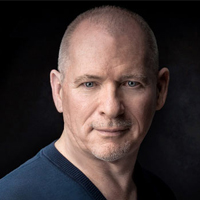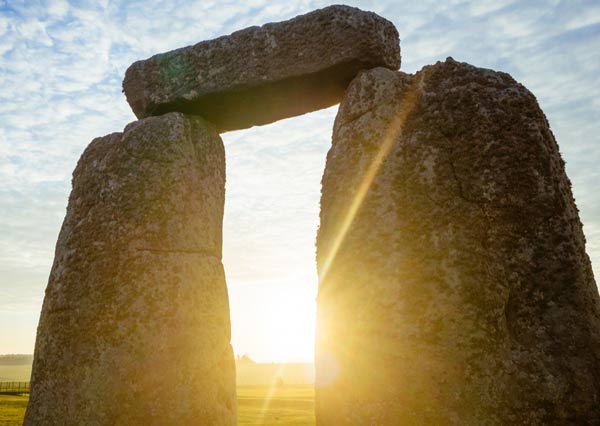“Spring is the time of plans and projects.”
— Leo Tolstoy
Few plants herald the coming of spring like the wild primrose. It begins flowering in March and always brings a smile to my face. Considered sacred by Celtic people, it drives its name from “primus,” which means “first” in Latin. In olden times, the pale yellow flowers were a symbol of birth and youth.
The traditional first day of spring is the Vernal (or Spring) Equinox that falls on the 20th of March this year. Around this date, day and night will have roughly the same duration, and for us in the Northern Hemisphere, there will be change in the air. Fickle weather may still hold a sting in its tail, but from now on there are more hours of sunlight, temperatures rise, trees bud, and bulbs burst into vibrant colour. And it’s not just a feast for the eyes. Listen to the upsurge in birdsong!
Our ancestors saw spring as a symbol of regeneration and growth. It was a time to rejoice their triumph over death. They had survived the winter; they had a new lease on life. Even so, lives still hung in a fragile balance. They called it the “hungry time,” when winter stores ran low. Crops had been sown but were yet to grow, and as they celebrated survival and readied for the growing season, there were gods to be thanked and fertility to be prayed for. So important was the date that some civilizations built monuments to mark it, like the Great Sphinx of Giza, Angkor Watt, and the Castillo pyramid of Chichen Itza.
Equinox is ever a liminal time of unfulfilled potential. The seasons are in flux, and many animals breed. Something is coming but not yet here. When man’s survival depended on his relationship with nature, the Vernal Equinox marked the start of a new year. So why don’t we celebrate this event these days? And why do we observe New Year’s Day on January 1st when days are short and the earth is dormant? This is the dead of winter – the antithesis of renewal.
Truth be told, it wasn’t always that way and it still isn’t in Chinese, Islamic, and Jewish cultures. When Romans followed the lunar calendar, the Empire celebrated New Year in March. September was the seventh month, October the eighth, November the ninth, and December the tenth. The names of these months had Latin logic until the Romans moved New Year to the feast of Janus – the Roman God of gateways and new beginnings. With this switch of logic, January became the first month in a multicultural empire that spanned three continents.
And so it continued up to the fall of the Rome in the fourth century AD, when January was abandoned as the launch of a year. Some countries celebrated New Year at Christmas; others shifted it back to March to coincide with the Annunciation (the incarnation of Jesus). It wasn’t until the adoption of the Vatican’s Gregorian calendar in the sixteenth century that January 1st won back its place as the year’s inauguration. Even then, it took Orthodox and Protestant countries centuries to get with the Gregorian programme, including Britain and its American colonies, where March 25th marked the official New Year’s Day until the middle of the eighteenth century. This was “Lady Day,” the date farm leases began, workers were hired, and taxes paid. It was a time when houses were scrubbed from top to bottom.
People are not so connected to the land these days, and the Vernal Equinox will pass unmarked by most, no longer cause for gratitude and celebration. In a globalized economy that spans both hemispheres, January 1st is as good a date as any to usher in the calendar year. But the Equinox deserves to be more than another day. It signals a turning point in the annual cycle and an upsurge in nature’s energy. So if your New Year’s resolutions have slipped or if you have something to be grateful for, think of those bygone days. Spring Equinox is the perfect occasion to start afresh or celebrate beginnings, a time to cast off the old and bring in the new.

Stephen Chamberlain is the author of the fantasy novel Graëlfire. He draws inspiration from the impact of landscape on myth, and the association of liminality with the supernatural and magic. Stephen lives in Switzerland.



